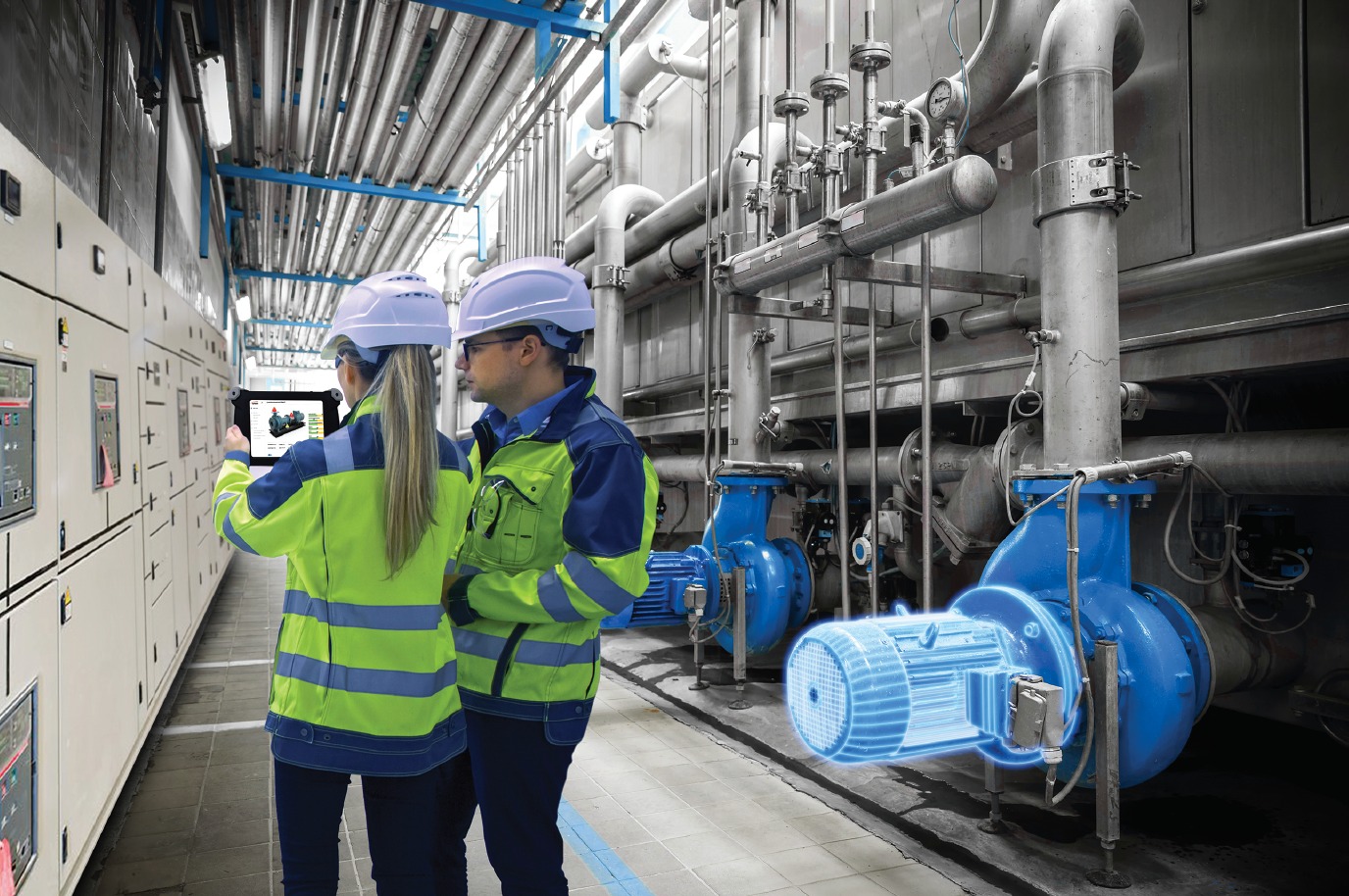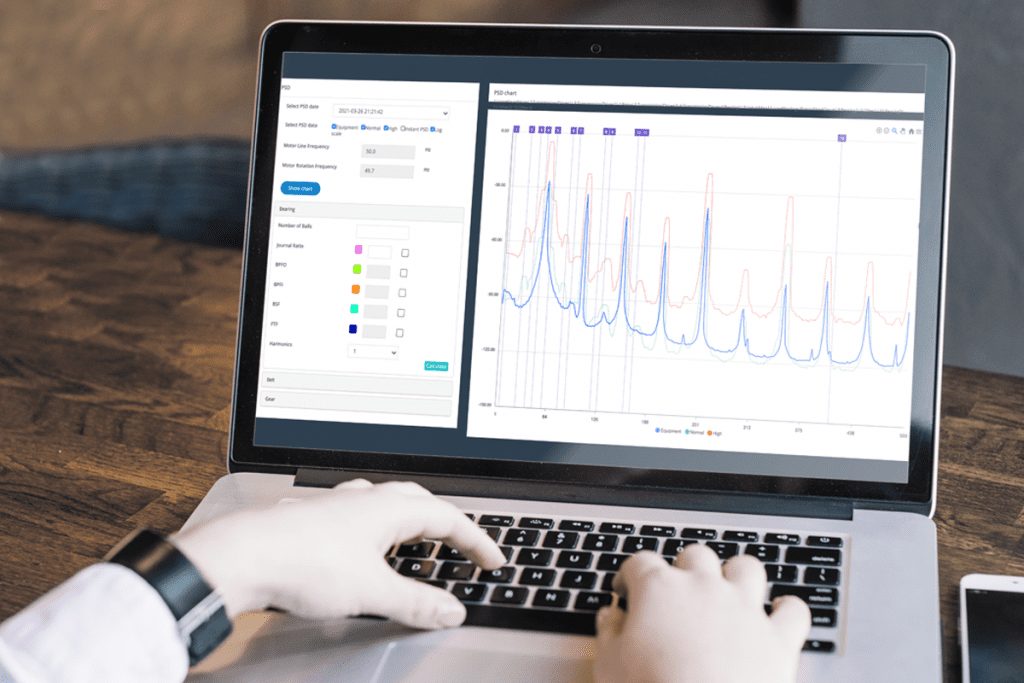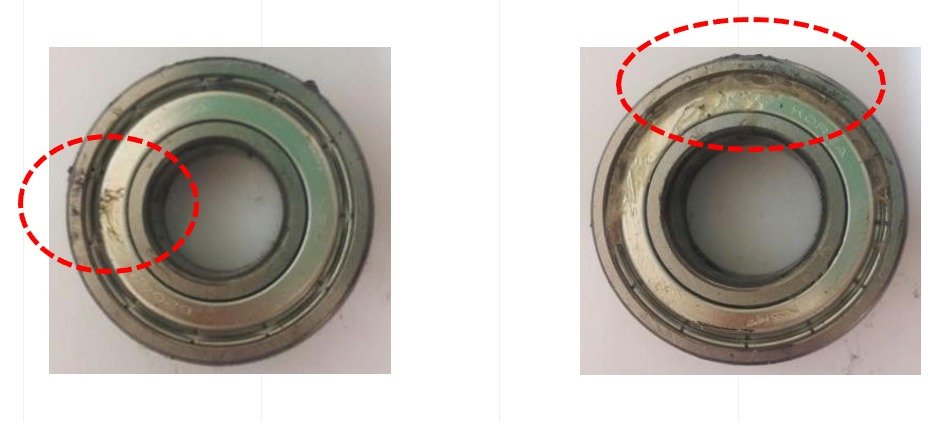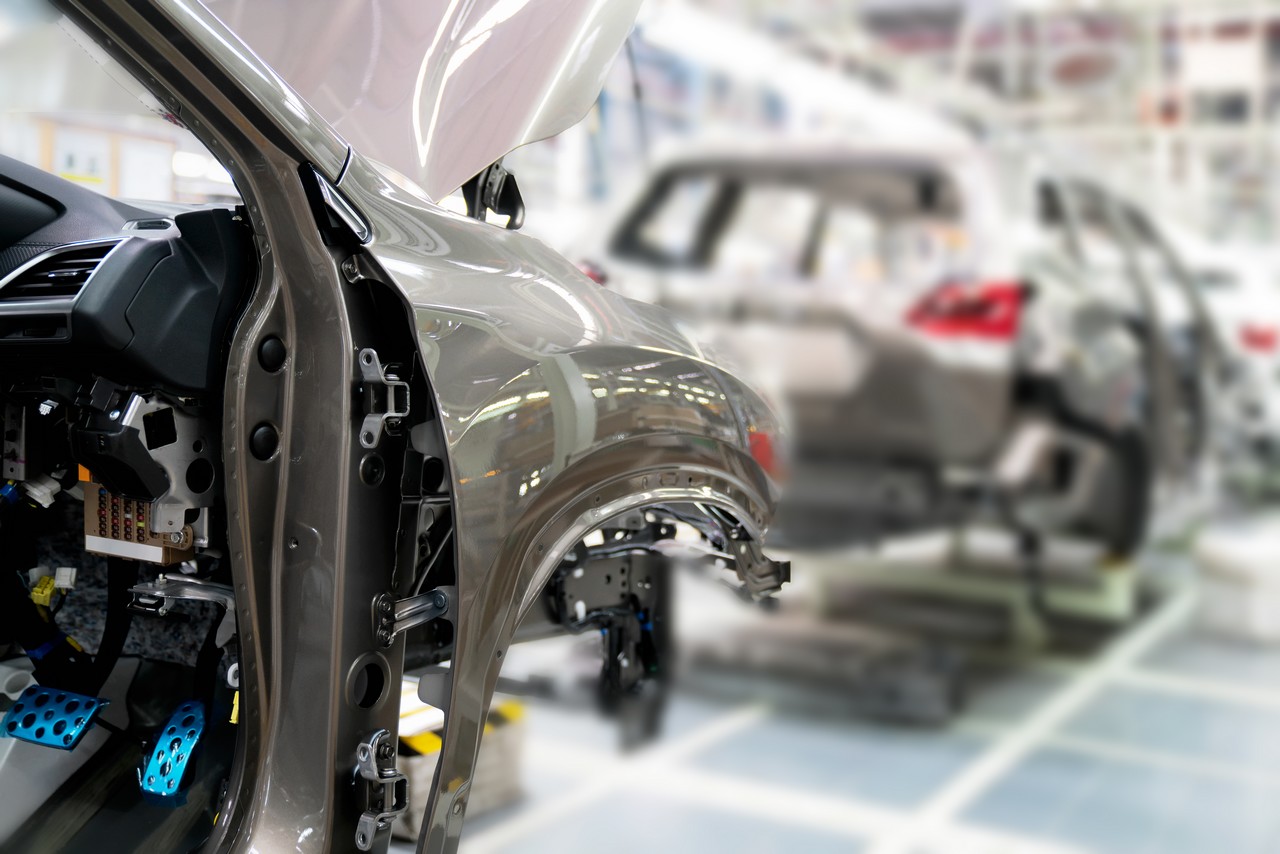Did you know that predictive maintenance reduces maintenance costs by 70%, decreases breakdowns by 35% and improves productivity by 25%? There’s no denying that predictive maintenance can benefit your organization and enhance reliability. It is a proactive approach to detecting any issues before they cause problems for you. That is one of the reasons why it has been used in the industrial world since 1990. Here we are going to discuss everything you need to know about predictive maintenance.
Understanding What Is Predictive Maintenance, Exactly?
Predictive maintenance is a technique that uses data analysis tools and techniques to detect anomalies in your operation and possible defects in equipment and processes so you can fix them before they result in failure.
In other words, predictive maintenance is the process of predicting failures in your equipment. Using tools like anomaly detection software, you can predict these failures, but here is a very basic definition. If the data for a particular time is observed in different time frames, then it is being detected. While we don’t know the timeframe or frequency, the predictive maintenance software determines patterns that suggest more anomalies.
In short, predictive maintenance is about identifying potential problems before they occur.
Rotating equipment’s are an essential part of any process / chemical / fertilizer / oil & gas or power plant and have versatile role in operations and productivity. Due to massive rotation / use, there is always wear and tear in moving parts which may result heavy losses in terms of productivity, material, human and reputation in case of failure for in time delivery of product. It’s a common trend in the industry across the globe to adopt planned maintenance schedules as provided by original equipment manufacturers (OEM). Such planned maintenance make it possible to curb the sudden faults and save the productivity. Artesis is one of the leading predictive maintenance companies with innovative predictive maintenance solutions. Artesis is one of the first companies that come to mind when it comes to predictive maintenance company today.

With the passage of time, preventive maintenance concept comes into reality which focuses on to eliminate the fault before happening which ultimately make this possible to increase the equipment life span. Motor, generator, compressors, pumps etc. are key rotating equipment’s used in the industry. Different sort of supervisory instruments i.e. vibration analyser, temperature sensor, proximity sensor etc. are used to monitor the online equipment conditions to predict the health and keep updated the management to take steps ahead of any disaster. More information for predictive maintenance please read this link.
How Does Predictive Maintenance Work?
For predictive maintenance to work, there is the use of real-time data and historical data from different parts of your operation.
Data: Predictive maintenance uses real-time, historical data to predict problems that are likely to occur. Data from the equipment, processes, and external factors are analyzed. They are then used to identify and forecast critical failures before they happen. This information is then used to reduce failure rates.
Real-time sensors: Sensors in the machinery are used to gather data about the exact condition of equipment at any given time. By constantly monitoring the condition of the equipment with these sensors, the data is used to create a picture of your operation and to predict future faults.
Real-time data analysis: Analytical software tools analyze the data collected to predict when problems will occur. With these tools, predictive maintenance improves from being reactive to proactive.

Why You Need Predictive Maintenance
Predictive maintenance is critical for business operations because it keeps you from having to spend unnecessary money fixing problems in your equipment. For example, imagine if you’ve got a machine that has a hydraulic valve that can break any day.
You might ask what a predictive maintenance strategy does for you. The answer is that it helps you to drive performance and efficiency. As your team adds equipment, processes, systems and technologies, you can get a glimpse of what problems could come up, and make the necessary adjustments so they don’t affect the reliability of your equipment.
Predictive maintenance improves operational efficiency, customer satisfaction, and costs by reducing your impact on maintenance costs.
Implementing Predictive Maintenance
The first place to start is to get a handle on your equipment and operating assets, then use a specific set of data analysis tools to take inventory of everything that you own. This information can be gathered from service records, asset owners, and equipment registries.
The processes of maintenance management, big data analysis, and predictive modeling are used to determine and manage the best method for the maintenance operation, typically by utilizing process mapping. When it comes to equipment, the simplest process that you can create is an inventory. The act of identifying every piece of equipment used to perform maintenance work should be a critical task in every organization.

What Are The Benefits of Predictive Maintenance?
Several benefits can come from predictive maintenance. Preventive maintenance will take a specific opportunity and use that time to fix parts in poor condition and not being used. This prevents the failure of your equipment or processes. For example, let’s say your roof needs to be repaired. During the repair process, you may only have one work window. Still, instead of scheduling maintenance for the entire roof for a few months, you can identify the area where the roof is in the most need of repair, schedule the maintenance, and then cover over that area with the roofing tar. Hence, the system gets the opportunity to work through that entire roof before it fails. You might not even know that area is in a poor condition unless you see the potholes in the roof.
If predictive maintenance starts to work effectively as your maintenance strategy, it will result in several cost savings. Some of the benefits are:
- Minimized planned downtime
- Increased uptime
- Maximized equipment lifespan
- Increased revenue
- Optimized employee productivity
- Reduced costs and improved profitability

Why Predictive Maintenance so Important?
Model Based Voltage and Current (MBVI) is a new concept which is widely used worldwide and getting popularity due to its cost effectiveness, easy to use / install and high accuracy. This system is condition based monitoring system which is advanced version of preventive maintenance. MBVI system uses current online data for further diagnoses the moving parts health condition and also capable to store the data. Such data record make it possible for experts to look if there is any deviation in voltage and current waveforms from normal conditions. This system is installed in Motor / or any equipment control panel and measures the input voltage and current. In case of any fault, the waveforms of V & I will change the shape and such situation will be diagnosed by experts.

Disadvantages of predictive maintenance
One of the biggest factors working against the adoption of predictive maintenance is that organizations currently have a significant technology gap that is hindering their adoption of this strategy. These factors are their current IT infrastructures, data security capabilities and procedures, and the lack of internal support for predictive maintenance.
Let’s start with what the data issues are. When we speak about predictive maintenance, it can have a number of different definitions. Many of these definitions rely on the software and software application capabilities. It may be hard to understand the difference between various predictive-maintenance software applications and how each works.
The Future of Predictive Maintenance
The past is only a prologue, and the future may be far worse. The future is where our predictions come from. It’s where we develop and maintain our predictive models. And even more important, it’s where we learn. The future of predictive maintenance depends on your ability to gather and analyze data. If you have a large IT infrastructure, then you need a data warehouse to store and analyze the necessary data. Likewise, if you are an automaker and are going to offer a lot of services and upgrades to your cars and trucks, you need to gather and store data in a similar fashion. Some industries are better at this than others. So, the future of predictive maintenance is bright, but it also depends on how fast we embrace it.
The Difference Between Predictive Maintenance and Preventive Maintenance
It is important to understand there are several key areas where predictive maintenance and preventive maintenance are different. Keep in mind that preventive maintenance revolves around inspecting performing maintenance on machinery and does not demand condition monitoring like predictive maintenance.
Preventive maintenance is defined as making repairs in order to maintain equipment. It prevents a breakdown in service. Predictive maintenance is making repairs in order to correct a problem. Real-time operational data collection If you have data from your operations, you can see patterns and anomalies as they occur. You can also use historical information to gauge trends. If you use a predictive maintenance tool such as Oracle, a predictive maintenance application, you can process the data and predict what issues might occur in the future. You can read this blog post.
Artesis Leading Predictive Maintenance Company
It’s evident that faults / abnormal conditions do not arise suddenly. MBVI system has the advantage to early diagnose future faults and voltage and current waveforms are prediction parameters. Every fault has its own waveform and pin point the detection of faulty area in equipment. It’s unlike the maintenance planning which requires maintenance after lapse of specific time but in MBVI, system will tell by itself that maintenance is required at a specific time as per current situation which not only saves revenue but also production. Saving money make it happen to be more competitive in market and is ultimate edge in current era of competitiveness. Another benefit of this system is less costly as no such instruments are required to be installed on motors except VI module and highly reliable.

MBVI system is artificially so competitive that from commissioning it read the information, store that and in future, it compares the current readings with previous ones. In this way, accurate analysis is carried out to help the experts at what time and which kind of maintenance is required.
Therefore; MBVI system is became an integral part of any highly sophisticated rotatory equipment for its safe and economical operation. Thanks to sensorless predictive maintenance technology, Artesis is a great solution to problems experienced in dangerous and hard-to-reach places. By simply measuring current and voltage, you can easily detect both mechanical and electrical faults in advance.
Conclusion
Predictive maintenance has been around for some time. However, in recent years, more and more organizations have started to embrace it. If you’ve yet to adopt the concept, you may find it difficult to know where to start. However, it’s a process that requires dedication, and companies that jump right in reap the benefits.
